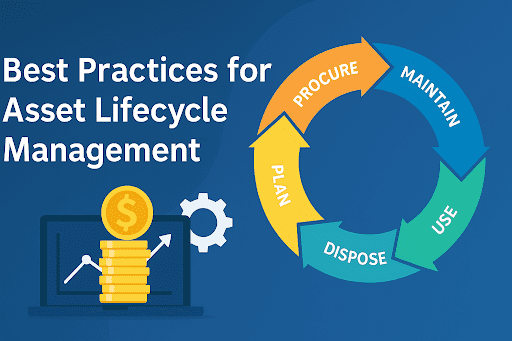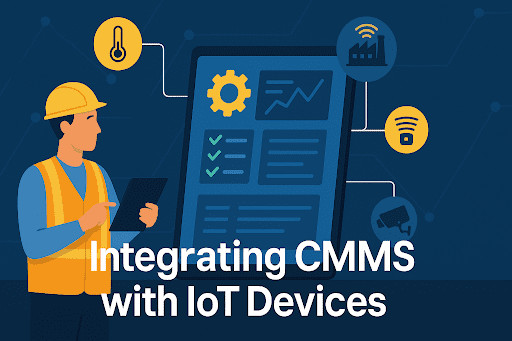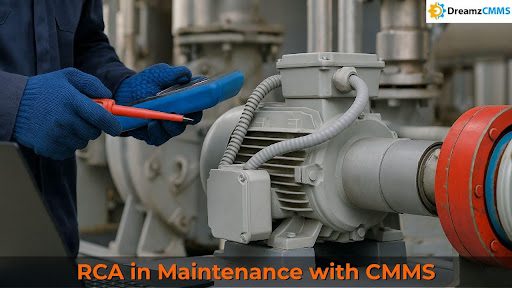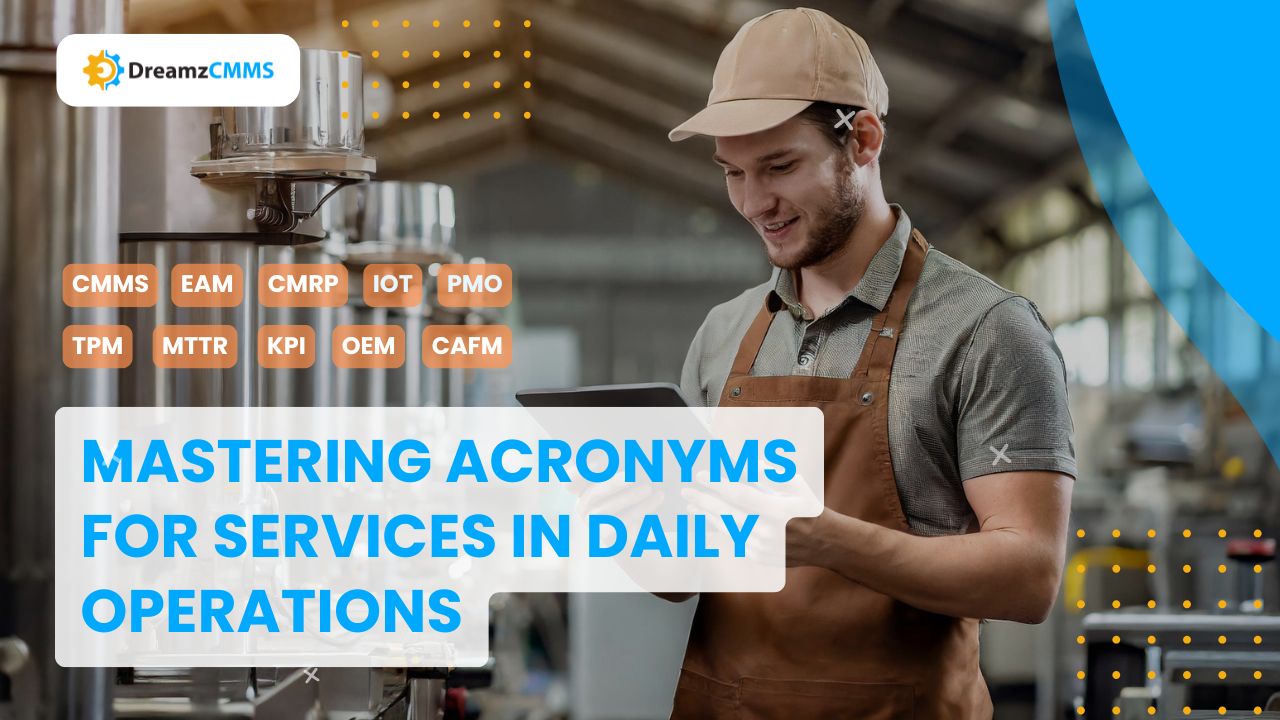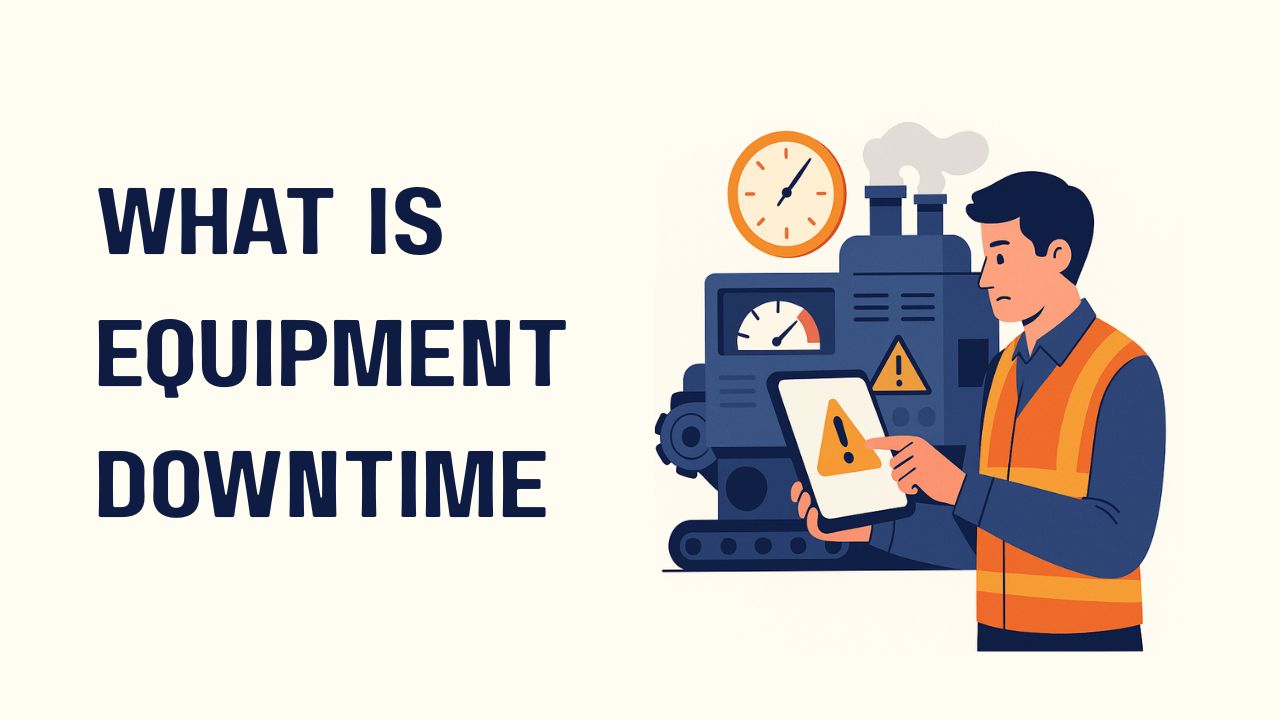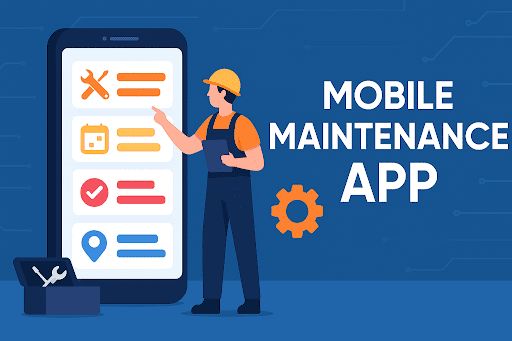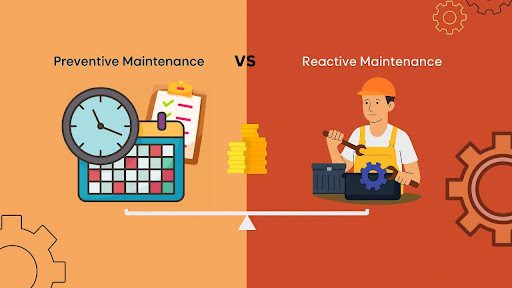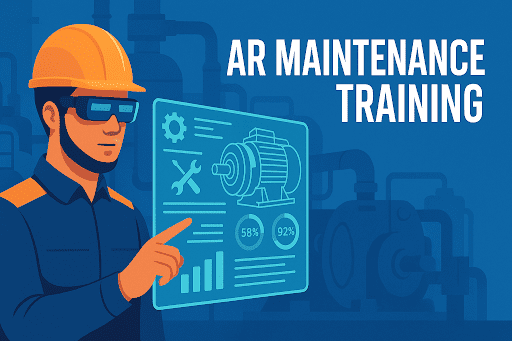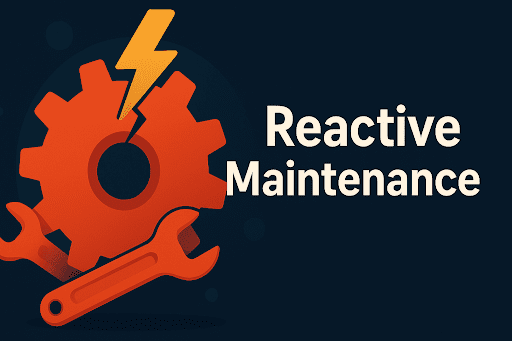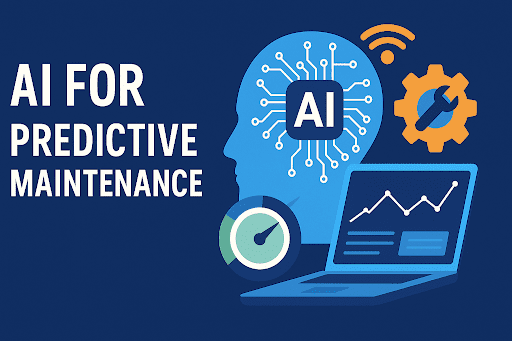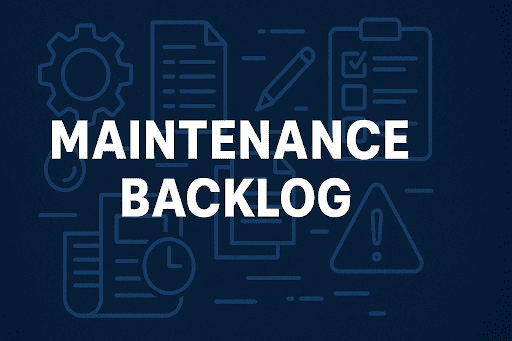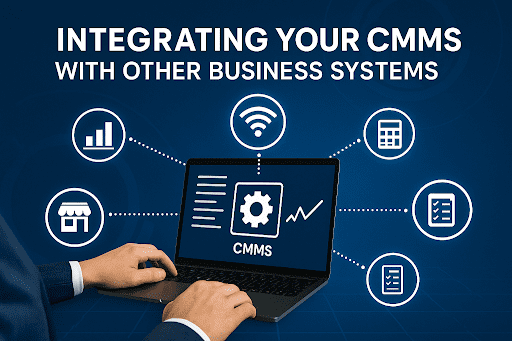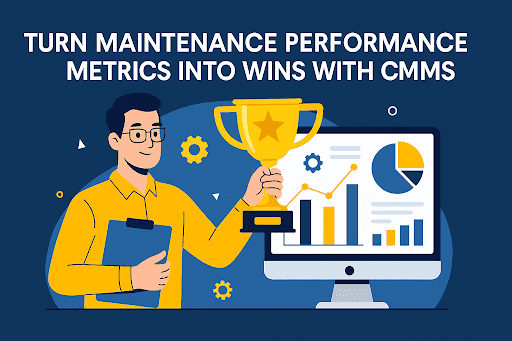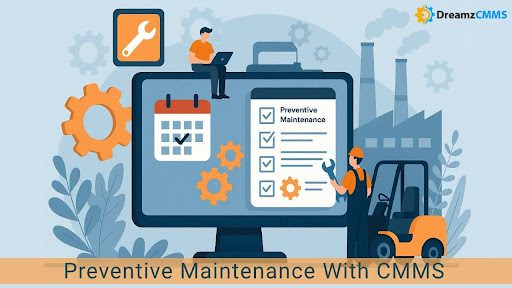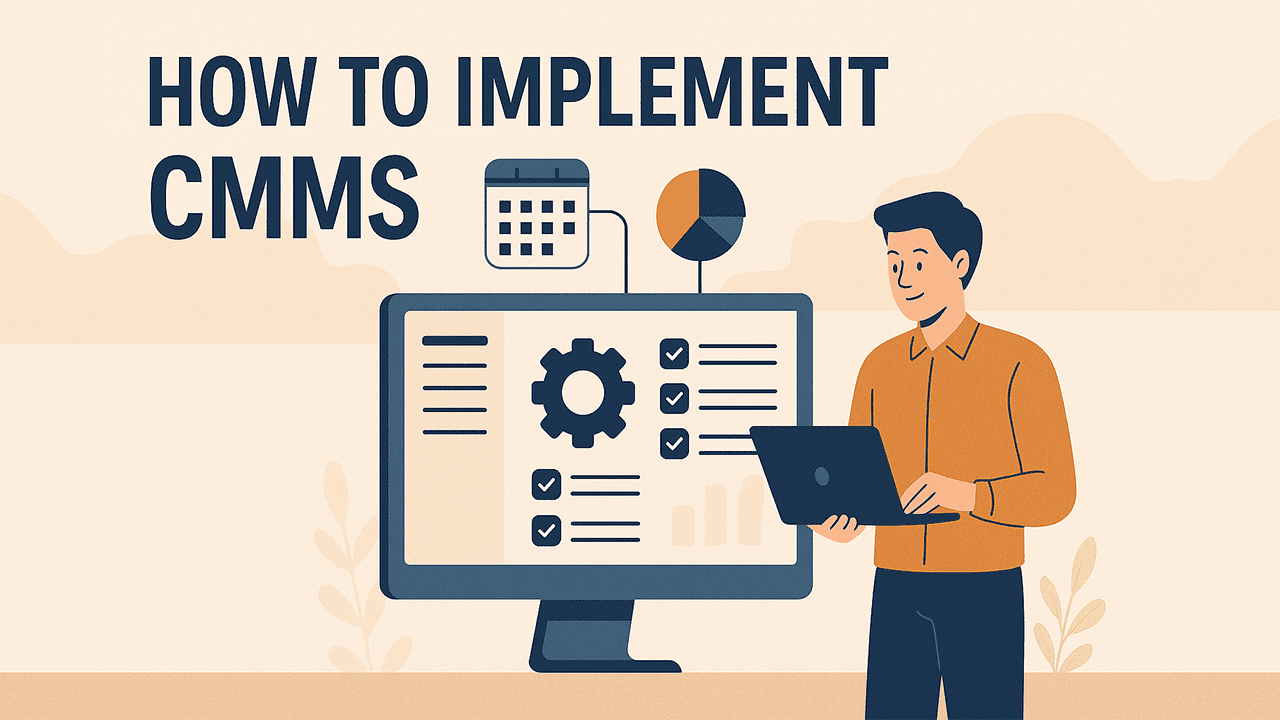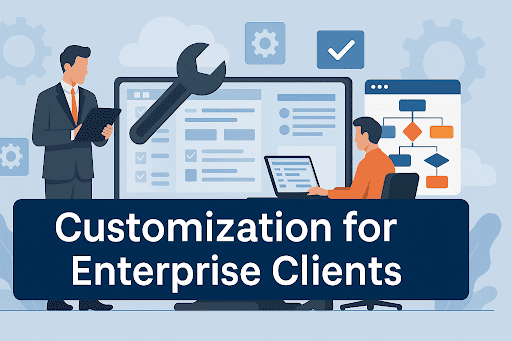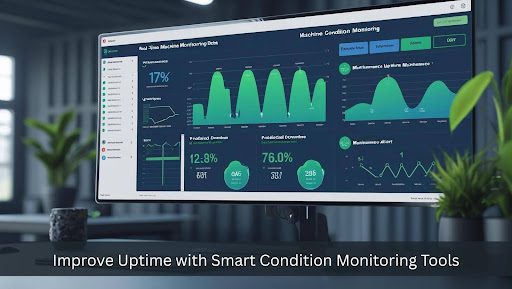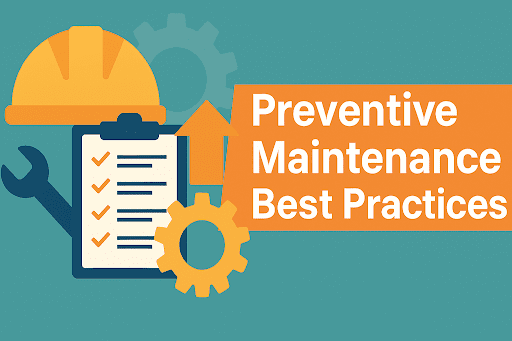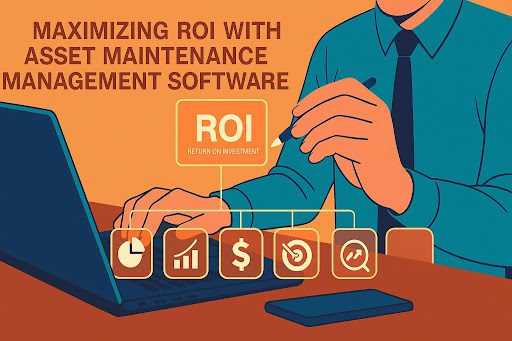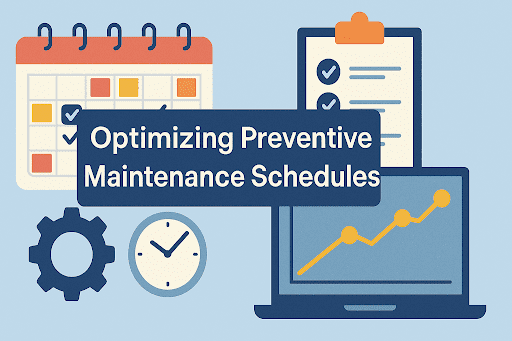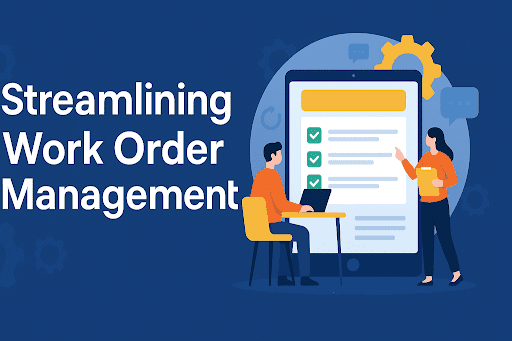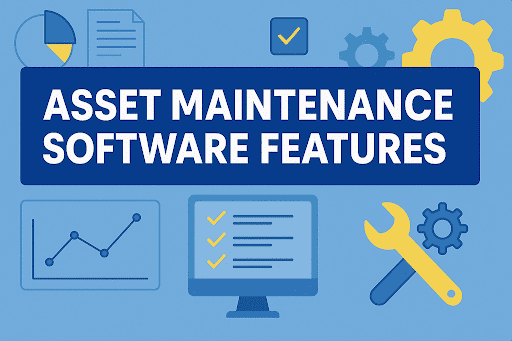 BACK TO Blog
BACK TO Blog
Asset Rental Management
Asset Maintenance
Organizations face permanent demands to optimize operations and boost their profit margins. Maintenance expenses represent a cost factor that organizations can most easily manage. Maintenance expenses surge dramatically when management fails to maintain proper control while assets face unplanned downtime along with equipment failures and operational inefficiencies. Several progressive businesses
- July 16, 2025
- DreamzCMMS Team
- 10 minutes read

- July 16, 2025
- DreamzCMMS Team
- 10 minutes read
Organizations face permanent demands to optimize operations and boost their profit margins. Maintenance expenses represent a cost factor that organizations can most easily manage. Maintenance expenses surge dramatically when management fails to maintain proper control while assets face unplanned downtime along with equipment failures and operational inefficiencies.
Several progressive businesses now choose smart CMMS tools as their solution to reduce maintenance expenses. A CMMS (Computerized Maintenance Management System) operates as a transformational tool to convert maintenance from an uncontrolled expense into a planned and economical maintenance system through automated preventive maintenance functions and optimized spare parts management and labor schedule planning.
This article investigates how contemporary CMMS systems reduce direct and indirect maintenance expenses by discussing maintenance cost reduction metrics and CMMS Return on Investment analysis and work order expense monitoring capabilities.
Optimize Maintenance Efficiency from Day One
A centralized platform allows organizations to perform preventive maintenance while decreasing downtime and controlling repair expenses.
Through its asset management and work order and inventory management features DreamzCMMS provides organizations with efficient operation capabilities.
Explore Asset Maintenance Management Software
Hidden Cost Drivers in Maintenance Operations
The first step to manage costs requires identification of their source points. Several operational expense drivers increase operational costs through their impact on business operations.
1. Emergency Repairs
Organizations adopting break-fix models create multiple problems that generate both extended labor times and emergency procurement requirements and production interruptions which increase the total maintenance cost.
2. Asset Downtime
Downtime equals lost revenue. The absence of equipment failure alerts and proactive visibility systems causes most failures to remain undetected until it becomes too late to act. Organizations must make downtime cost reduction their highest organizational priority.
3. Inefficient Inventory
Uncontrolled inventory management produces either overstocking situations and stockout conditions which prevent repairs from occurring or require locking up extra capital. This directly impacts spare parts cost optimization.
4. Manual Workflows
Paper-based scheduling and maintenance logs create multiple errors and consume excessive time. Such methods create delayed responses while simultaneously reducing technician productivity.
5. Unmeasured Costs
When work order cost tracking systems are absent businesses lose their ability to determine which tasks along with teams and assets contribute to budget losses.
What Is a Smart CMMS?
A Smart CMMS (Computerized Maintenance Management System) functions as an advanced digital solution which automates and optimizes every maintenance activity throughout an organization. The platform functions as the main control center for asset management alongside work order tracking preventive maintenance planning and spare parts inventory management and labor resource allocation and cost monitoring.
Smart CMMS tools provide advanced technological capabilities that improve maintenance systems beyond traditional manual and legacy systems that depend on paper forms and spreadsheets.
Key Capabilities of Smart CMMS Include:
- IoT and AI Integrations
Smart CMMS systems establish connections between Internet of Things sensors and AI analytics for performing condition-based and predictive maintenance through these integrations. The system enables real-time asset health monitoring and sends warnings about potential failures before they occur.
- Real-Time Performance Dashboards
The system delivers instant performance information through customizable dashboards that show MTTR and downtime hours along with compliance status and maintenance spend to help managers make strategic decisions.
- Mobile Apps for Technicians
Technicians obtain task assignments and work order completion options as well as barcode scanning and note/image upload capabilities through mobile applications while performing their duties in the field. This improves response times, data accuracy, and technician productivity.
- Inventory and Vendor Management
A smart CMMS system tracks spare parts consumption to initiate reordering processes and manage vendor information which results in better spare parts cost control and shorter procurement timelines.
- CMMS Reports for Cost Analysis
The system includes reporting functionality which enables organizations to analyze costs by work order as well as asset and department and location. Maintenance cost reduction opportunities together with trends and operational inefficiencies become visible through these reports.
The combination of these features helps businesses evolve their maintenance approach from reactive to proactive. The combination of real-time data and planning through a smart CMMS system creates better maintenance performance while supporting cost reduction measures and asset dependability and uptime improvement.
To learn more about specific system capabilities, visit our guide on Asset Maintenance Software Features.
Key CMMS Capabilities for Maintenance Cost Reduction
1. Automating Preventive Maintenance
Organizations that make the switch from reactive to preventive maintenance methods will achieve their best cost reduction results in maintenance operations. Smart CMMS systems trigger maintenance tasks through these triggers:
- Calendar intervals
- Usage thresholds
- Sensor data alerts
This leads to:
- Lower asset repair costs
- Fewer emergency interventions
- Extended equipment life
The cost benefits of preventive maintenance include both compliance risk reduction and safety hazard prevention.
2. Smart Scheduling to Avoid Costly Repairs
Scheduling the right technician at the right time can significantly reduce task durations and avoid costly errors.
CMMS enables:
- Technician skill matching
- Route optimization for field crews
- Automated task prioritization
Field Service Management Software integration becomes beneficial for businesses with extensive field operations since it helps improve technician scheduling and decreases service expenses.
If your business involves widespread field operations, integrating with Field Service Management Software can enhance technician scheduling and reduce service costs.
3. Real-Time Work Order Cost Tracking
Each work order within a CMMS maintains a record of:
- Labor hours
- Parts used
- Downtime duration
- External vendor costs
Work order cost tracking benefits from this data because it shows which assets together with which processes cause the highest expenditures.
Companies gain visibility which allows them to implement specific measures to reduce waste.
4. Spare Parts Cost Optimization
The CMMS system records part history data as well as current inventory levels to support more effective procurement choices.
Benefits:
- Avoid unnecessary purchases
- Automate low-stock reorders
- Prevent repair delays due to missing parts
Major spare parts cost optimization occurs particularly in asset-heavy manufacturing and construction industries.
5. Downtime Cost Reduction Through Predictive Maintenance
Predictive maintenance enables IoT sensors to identify problems in advance which triggers maintenance operations before equipment failures.
Downtime cost reduction is achieved through:
- Early failure detection
- Reduced breakdown frequency
- Improved Mean Time Between Failures (MTBF…
The strategy detailed in Reducing Downtime through Predictive Maintenance enables significant cost savings.
6. Optimize Maintenance Budget with Accurate Forecasting
The CMMS system gathers historical data from all assets together with work orders. This allows for accurate:
- Annual maintenance budget planning
- Resource allocation
- Cost benchmarking
Teams achieve better maintenance budget control by using reliable budget forecasting which allows them to set achievable financial targets and handle expenses proactively.
7. CMMS for Cost Control Through Centralized Reporting
Cost control becomes impossible when data exists in separate silos or when there is incomplete data. CMMS centralizes data from:
- Labor management
- Inventory systems
- Asset condition monitors
The CMMS reporting system for cost analysis allows teams to:
- Identify cost-saving opportunities
- Track budget vs. actual spend
- Pinpoint high-cost assets
The measurement of effectiveness should use the Key Metrics for Asset Performance Tracking.
Real-World Examples: CMMS Driving Cost Savings
Manufacturing Plant Case Study
The adoption of CMMS by a medium-sized automotive manufacturer for asset tracking and preventive scheduling led to substantial benefits. The results:
- 40% reduction in breakdowns
- $250,000 in annual savings
- 20% improvement in technician productivity
Facility Management Use Case
The property management company used mobile CMMS applications to digitize maintenance operations for HVAC and lighting systems across 30+ facilities.
- 30% reduction in overtime costs
- 18% improvement in SLA compliance
- $150K saved in the first year
The Facility Management Software offers additional capabilities for managing multiple building portfolios across different locations.
Healthcare Application
The medical equipment tracking system and compliance reporting functions were implemented by a hospital chain through CMMS.
- Eliminated 90% of audit penalties
- Reduced asset downtime by 35%
- The extended equipment lifespan allowed maintenance costs to become more cost-effective.
The CMMS ROI in Maintenance: Breaking Down the Numbers
| Metric | Before CMMS | After CMMS |
| Average Downtime/Month | 15 hours | 4 hours |
| Cost per Work Order | $260 | $170 |
| Inventory Holding Costs | $80,000/year | $45,000/year |
| SLA Compliance Rate | 70% | 95% |
| Annual Maintenance Spend | $1.2M | $900K |
CMMS delivers maintenance ROI results which show positive financial effects within six to twelve months after implementation.
Best Practices for Maximizing CMMS Impact on Cost Reduction
- Audit current maintenance spend
Check for maintenance cost leakage across labor, parts and downtime and administrative activities.
- Train your team
Your technicians together with supervisors need proper training to use all CMMS functionalities.
- Standardize PM schedules
Use templates, digital SOPs, and triggers to improve consistency.
- Use dashboards for daily decisions
Real-time data allows you to make immediate smart changes to your maintenance plan.
- Review CMMS reports monthly
Analyze work order expenses alongside vendor delivery and inventory pattern changes in monthly reports.
- The system must link to ERP and IoT platforms.
The integration of system data enables improved accuracy levels and forecasting results.
- The system needs to improve its interaction with field personnel
Organizations which have both sales and service teams can benefit from Field Sales Software integration with CMMS because it creates better collaboration between customer-facing staff and technical teams.
Total Cost of Ownership in Maintenance: A Strategic Perspective
The financial effects of maintenance extend beyond short-term repairs because organizations should consider the Total Cost of Ownership (TCO) for their assets. The Total Cost of Ownership (TCO) includes every expense linked to obtaining and running assets along with their maintenance requirements and final disposal throughout their complete life cycle.
A smart CMMS functions as a vital tool which reduces TCO by providing maintenance teams with the ability to make strategic choices that benefit their organization in the long run. Here’s how:
● Increasing Asset Longevity
The implementation of preventive maintenance schedules through CMMS tracking enables organizations to reduce equipment deterioration while stopping critical breakdowns which extend the operational period of equipment. The postponement of capital replacement expenses allows organizations to achieve higher returns from their asset investments.
● Reducing Lifetime Maintenance Spend
Organizations can decrease emergency repair costs and labor overtime expenses and parts waste by stopping reactive firefighting and improving maintenance scheduling. Organizations receive major savings from asset operations that result in total maintenance cost reductions throughout the asset's lifespan.
● Improving Resale Value Through Full-Service Histories
The CMMS maintains digital records of all maintenance activities which include inspection results and service notes together with replacement parts information. Full maintenance histories documented in CMMS systems boost resale or trade-in value especially when dealing with large machinery or vehicles or equipment leases.
● The Optimization of Equipment Performance Results in Lowered Energy Consumption
Efficient operations become possible when equipment receives proper maintenance. The proper maintenance of HVAC systems together with motors and compressors and other equipment enables organizations to decrease their energy expenses. CMMS tools monitor these performance indicators to help organizations achieve sustainability targets while saving energy.
The implementation of smart CMMS technology represents a long-term business investment which extends beyond cost reduction functions.
Through improved asset maintenance processes CMMS solutions protect asset integrity while boosting operational resilience and reducing maintenance costs throughout the asset's lifecycle. A modern CMMS implementation delivers value through cost savings in the present and reduced expenses and asset preservation for the future.
Final Thoughts: Your Maintenance Budget Doesn’t Need to Bleed
Maintenance used to be viewed as an unavoidable business expense in previous times. The correct technology implementation turns maintenance into a controlled investment which delivers uptime alongside safety and operational excellence.
The implementation of smart CMMS tools enables organizations to reduce maintenance costs through better planning and execution and enhanced maintenance analysis capabilities. These tools enable businesses to manage their expenses effectively through downtime cost reduction and budget forecasting for maintenance with both confidence and clarity.
Final CTA
Your Maintenance Costs Can Start Decreasing Right Now through DreamzCMMS
Your organization can eliminate guesswork together with downtime and excessive spending. The DreamzCMMS system offers effortless affordable maintenance management capabilities.
Ready for More?
Talk to one of our CMMS experts and see how DreamzCMMS can simplify your maintenance operations.
Book a free consultation
